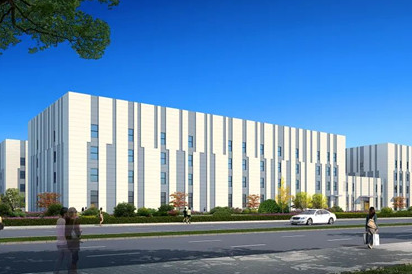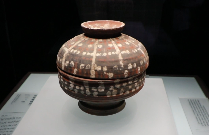Red tourism takes off in Hohhot
Hohhot's so-called red tourism has seen a boom over the past several years -- and more boom times are set to come -- as increasing numbers of visitors travel to historical places in the city, according to local officials.
During the last Qingming Festival holiday on April 5-7, thousands of tourists arrived in the city, seeking to pay tribute to their revolutionary martyrs.
This year marks the 70th anniversary of the founding of People's Republic of China and in response the city plans to push red tourism further.
Red tourism, featuring visits to historical sites with a revolutionary legacy, has gained great popularity in China in recent years.
China has 33,315 revolutionary sites and relics on record. Statistics show that more than 800 million red tourism trips are made on average every year.
Here are the major revolutionary sites in Hohhot:
Ulanhu Memorial Hall
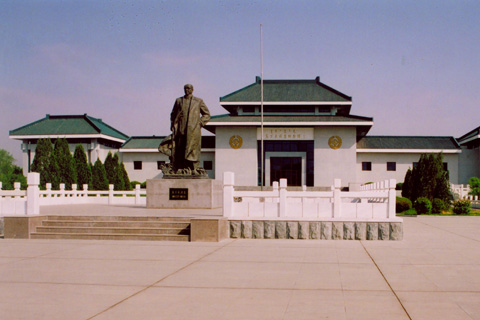
Ulanhu Memorial Hall [Photo/zgbfly.gov]
Ulanhu Memorial Hall, opened in 1992, is a significant national 3A-level scenic site in Hohhot.
Ulanhu, also known by his Chinese name Yun Ze, was the founding chairman of Inner Mongolia and also the former vice-president of China, serving from 1983 to 1988.
Covering an area of 30,000 square meters, the memorial hall comprises six functional sections including a main hall, a memorial square and a flag tower.
A total of 160 cultural items, 58 documents and 305 photos documenting the life of Ulanhu are displayed in nine exhibition rooms in the hall.
Opening hours: 9 am – 5:30 pm in summer; 9:30 am – 5 pm in winter
Official website: www.wlfjng.com
Email: wlfjngbgs@163.com
Bus: 10/7/51/303/4/8/59/72/80/81/93
Former residence of Ulanhu
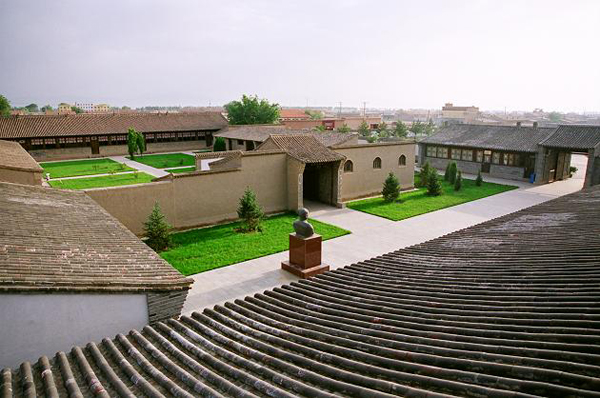
Former residence of Ulanhu [Photo/lfw.huhhot.gov]
Located in Tumd Left Banner, about 70 kilometers from Hohhot, the former residence of Ulanhu, the founding chairman of Inner Mongolia, covers a total ground area of 1,530 square meters.
The building itself has a surface construction area of 560 sq m, and its 26 rooms include guest rooms and a gristmill.
In 2007, the local government invited experts from Inner Mongolia Normal University to redesign the scenic spot. According to plan, construction of a health center, main roads, teaching buildings and a theater have all been completed, at an investment of 51.43 million yuan ($8.13 million).
The former residence of Ulanhu is now one of the 100 classic scenic spots of red tourism, consisting of red tourism areas and folk villages -- and even allows visitors to have a go at fruit and vegetable picking.
Daqingshan anti-Japanese invasion tourism zone
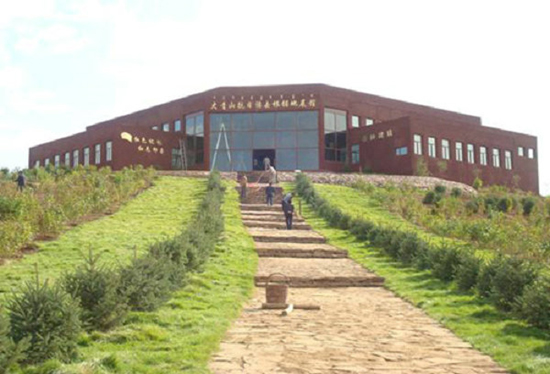
Daqingshan anti-Japanese invasion tourism zone [Photo/Xinhua]
Daqingshan anti-Japanese invasion tourism zone, occupying an area of 496 square kilometers, is located on the slopes of Daqing Mountain in Wuchuan county, 70 km from Hohhot, and 150 km from the city of Baotou. It is one of 100 national red tourism sites, preserving the Chinese Red Army's command center.
Opening hours: 8 am - 5 pm
Free admission to all visitors






